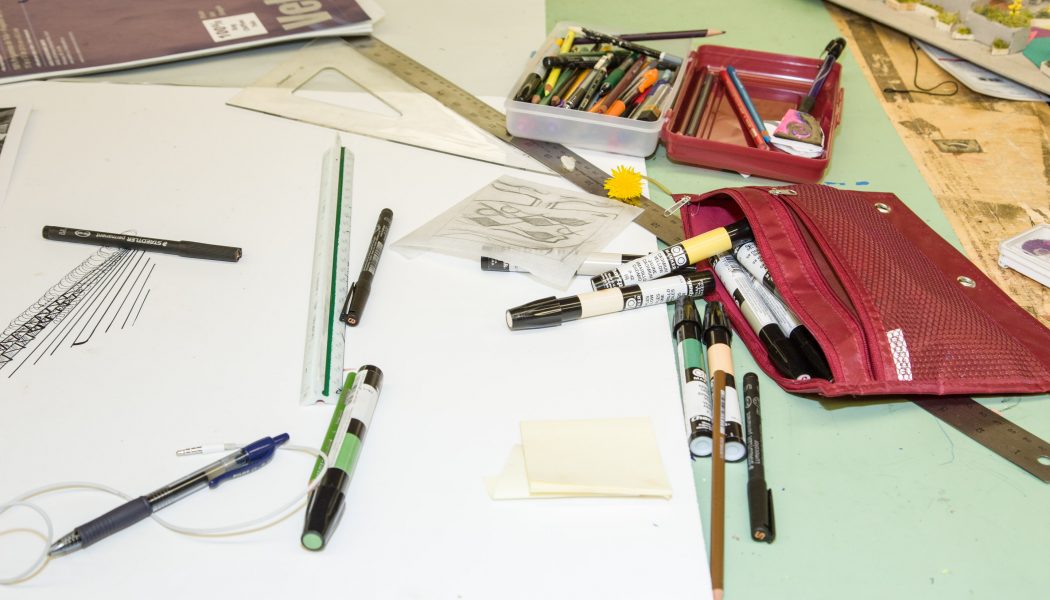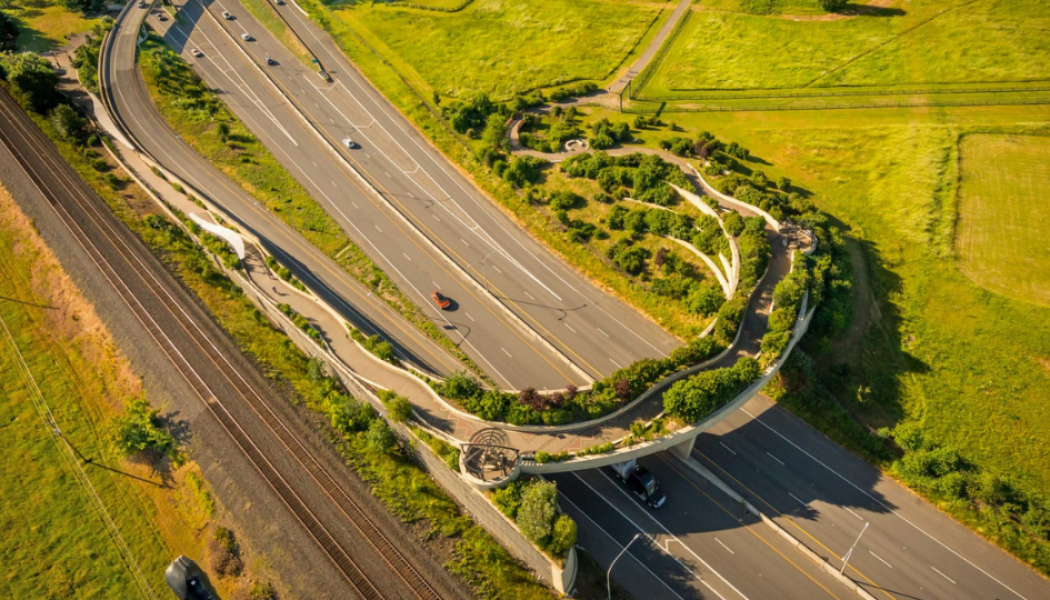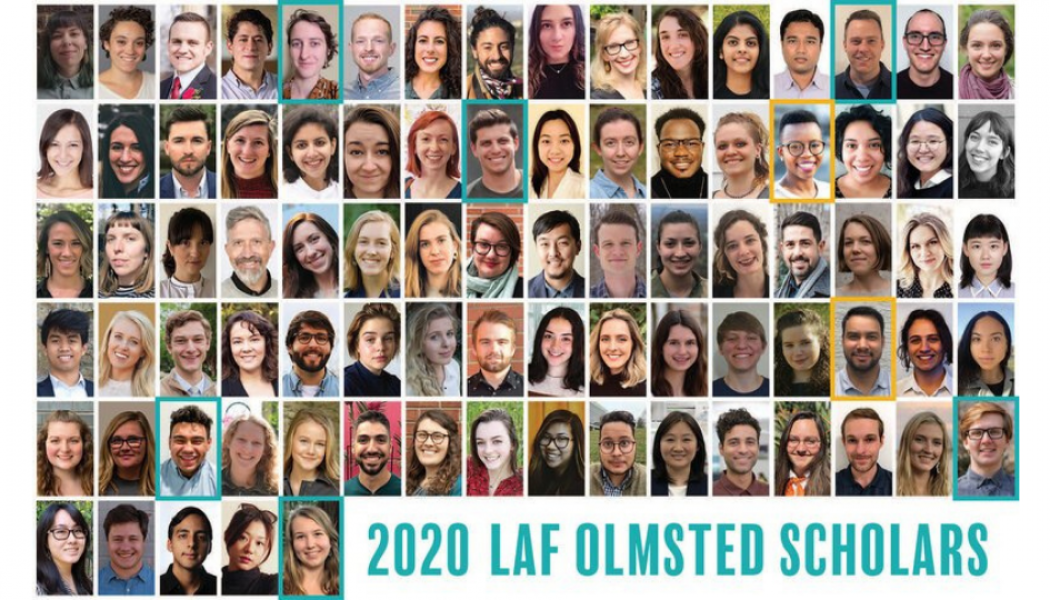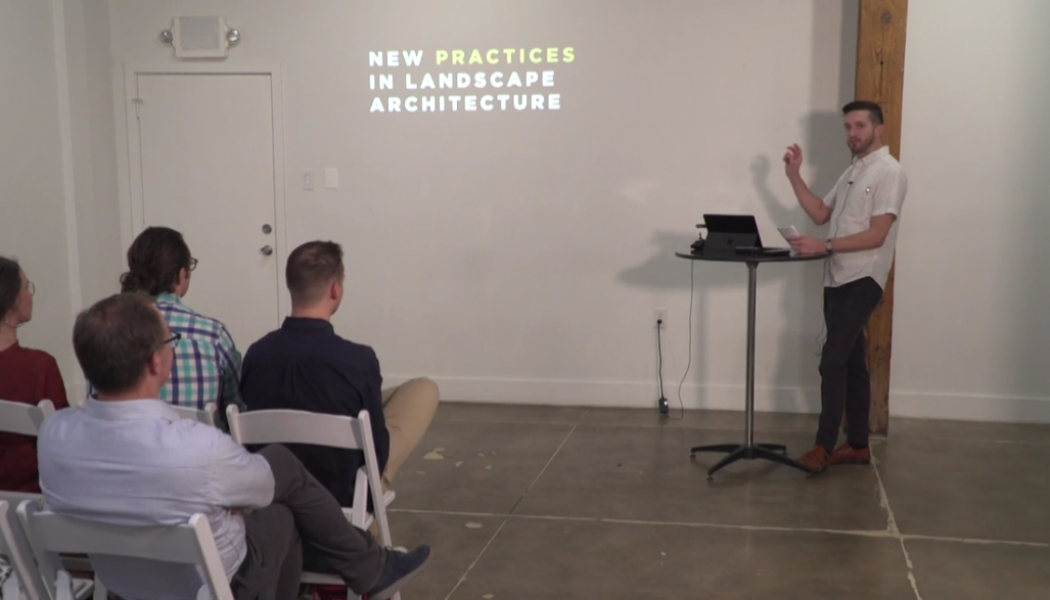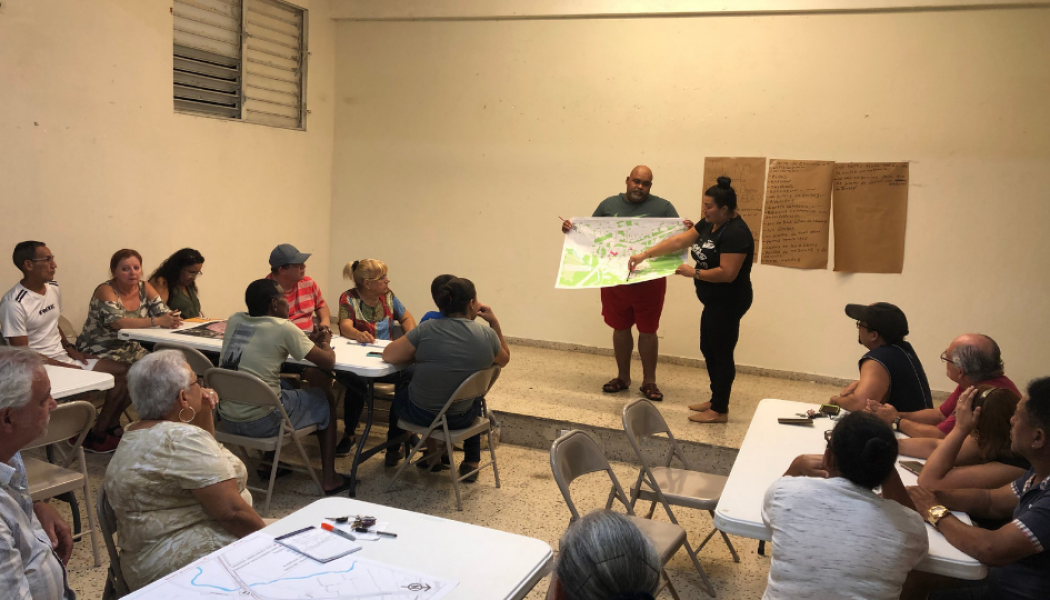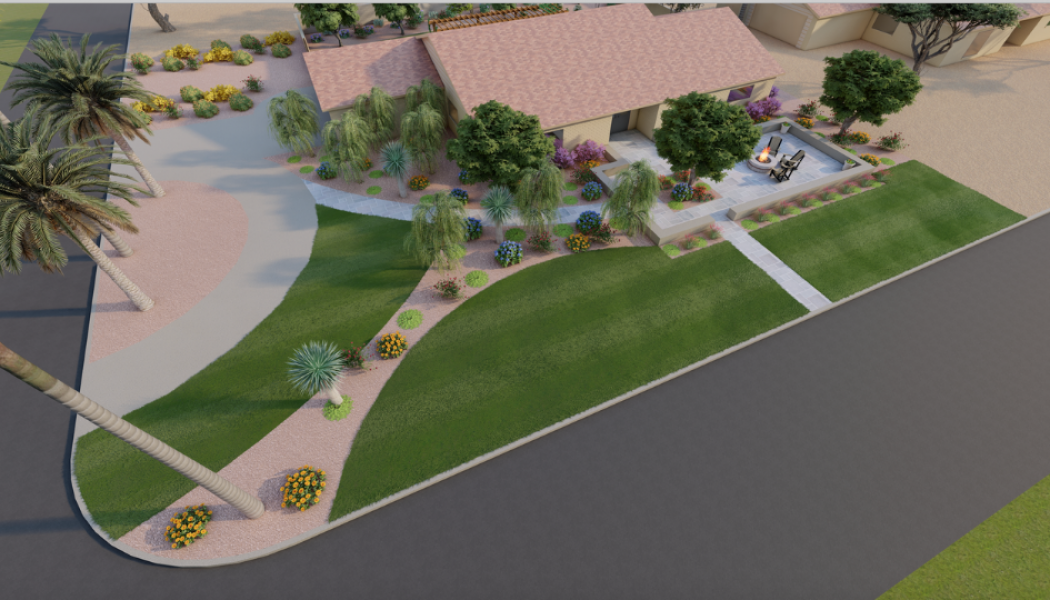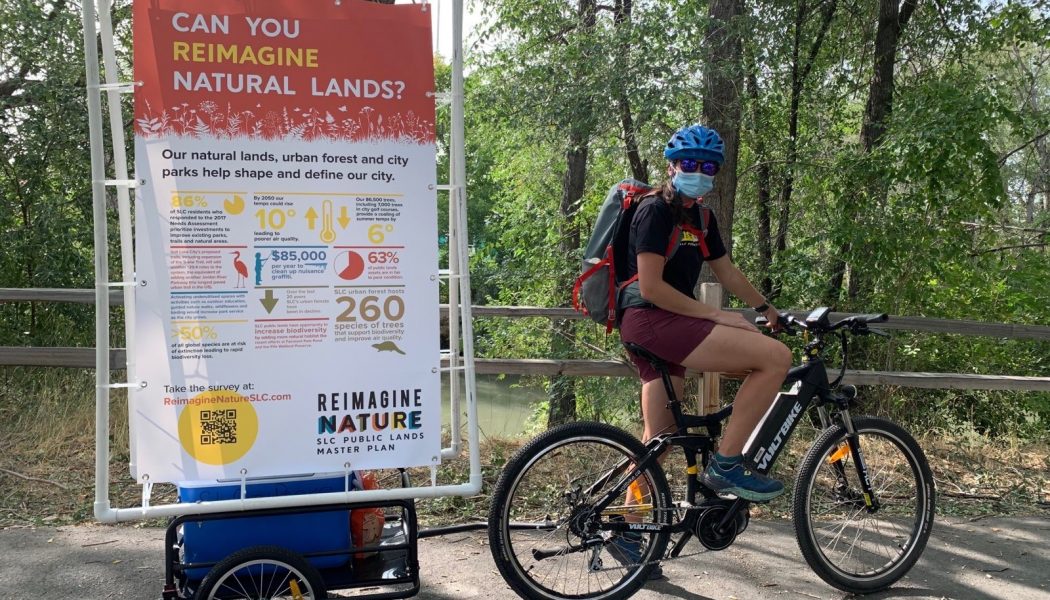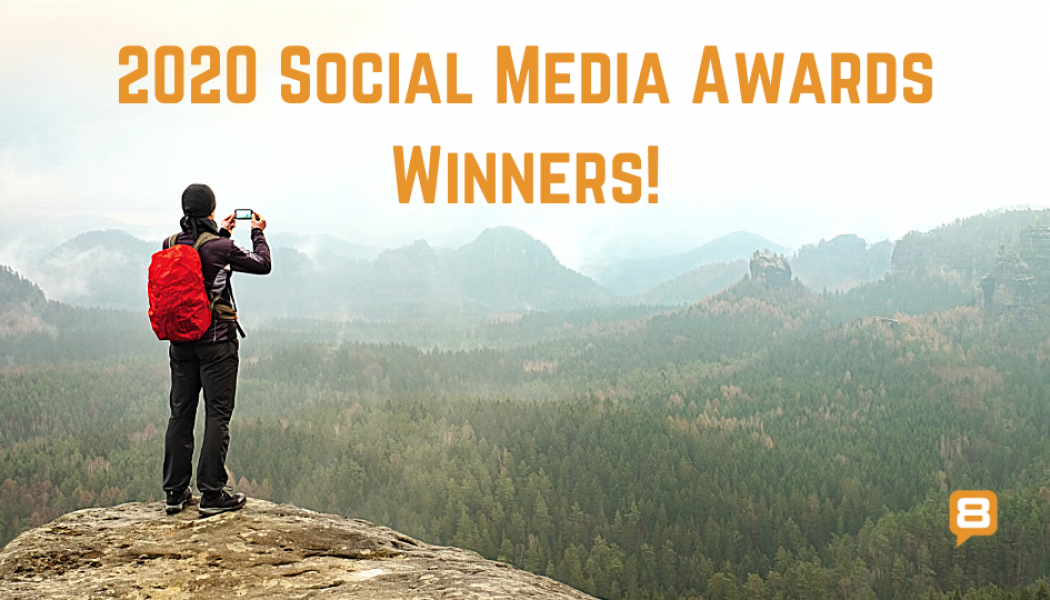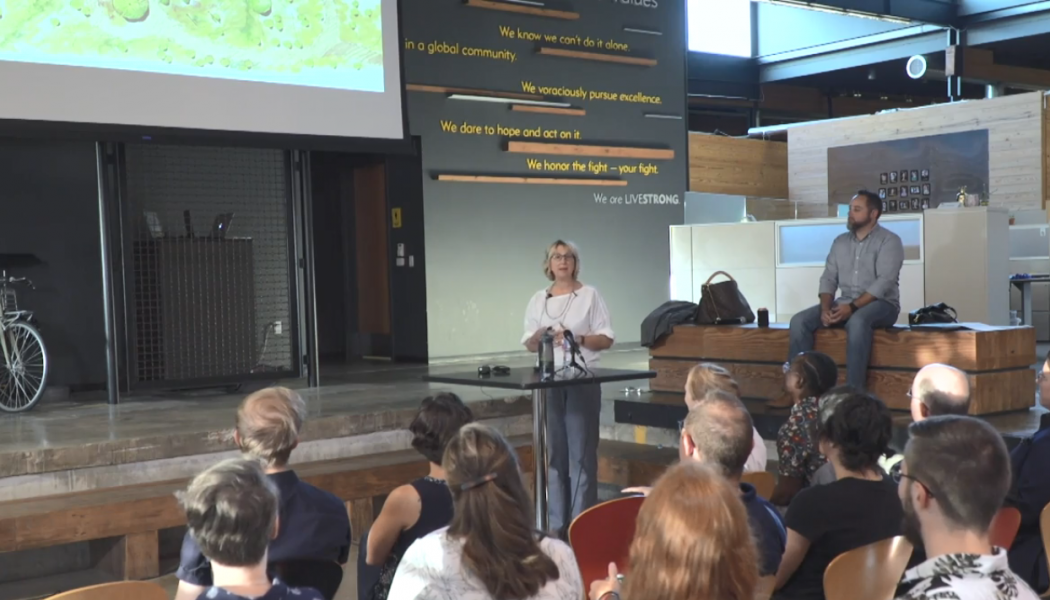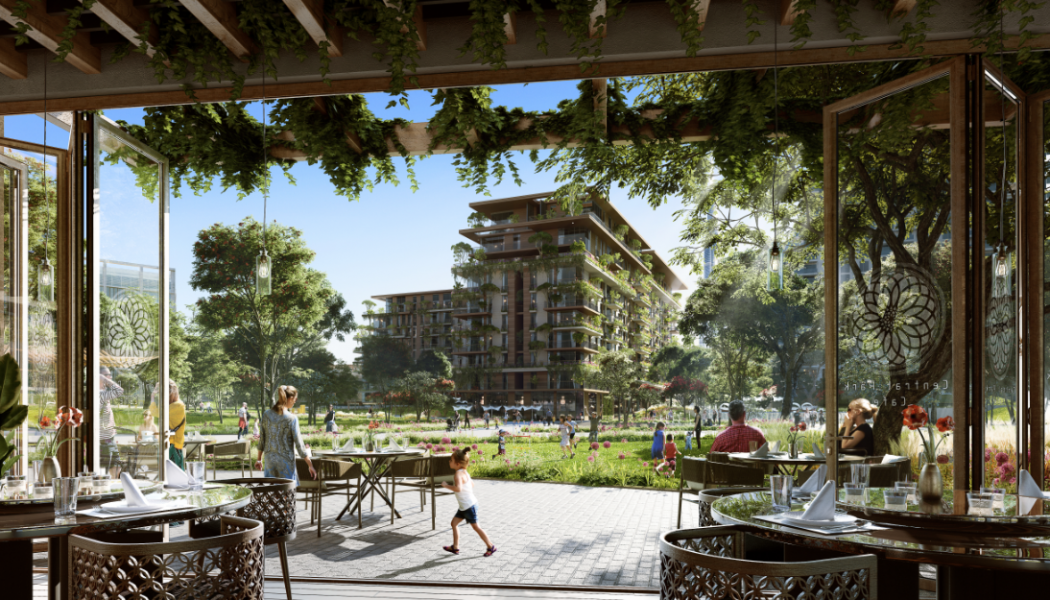Featured
Posts to be featured on the Main Page.
Landscape Architecture Education: Between Two Worlds
For over 30 years in various capacities, I have taught the profession and craft of landscape architecture to university students. Sharing my love and passion for landscape architecture with students has been one of the great joys of my life. The academic, professional, and community recognition they have received for their individual and team work gives me great personal satisfaction. Yet with all this, I now wonder if I am adequately preparing my students for their future. Our current students will face challenges unlike any faced by previous generations. Anthropogenic destruction of life and life-support systems has pushed the planet into an ecological emergency. Mass extinctions are accelerating. Human encroachment into the last wild places has given us the global pandemic. And from the...Read More
10 Ways to Increase Biodiversity in Any Design
What is the first thing that comes to mind when thinking about biodiverse ecosystems? Probably the hard-paved, concrete, urban environment is not what you have in mind. Though cities are dominated by one species, (which I assume we are both representatives of), they are ecosystems full of opportunities. Urban environments are compositions of prospects and threats. Seizing those opportunities demands from us a new understanding of environmental protection. Some people might ask why we should care about urban ecology if there is a vast wilderness out there. Yet studies on urban biodiversity show that it is a cause worth fighting for. If you want to know how important urban biodiversity really is, check it out here. In this article, we summarize 10 methods that will help you create more biodi...Read More
Celebrating the 2020 LAF Olmsted Scholars
As we bid farewell to the unforgettable year of 2020, it seems like the right time to reflect on my experience of being a part of the jury for Landscape Architecture Foundation (LAF) Olmsted Scholars Program. Reflection has certainly been the common theme of our lives as the world’s pandemic shakes us out of our spheres of comfort and normality. We asked more questions than we ever had about our lives regarding our internal and external environments. For the Olmsted Scholar nominees, this may be a part of their experience as they write their 1,000 word submissions. Each year, LAF asks the following questions as the first part of the essay submissions: – Describe your personal development and how it has influenced your direction and vision for the future? – Discuss how you see y...Read More
What Automation Means for Landscape Architecture Practice [Video]
We are in an era of digital transformation. The emergence of new technologies is rapidly transforming the way we approach design, with firms utilizing computer software more heavily than ever before. Does this mean the jobs of landscape architects are soon to be replaced by automation? Probably not, but it will challenge us to do things differently. Formerly of Clark Condon at the time of this video and now as Senior Associate at TBG Partners, self-proclaimed “tech nerd” Chris Gentile put it, “In order to maintain relevance, we must adapt.” At the Land8x8 Lightning Talks in Houston, TX, Gentile explains why he has embraced automation, not only for its efficiency, but also because it frees up time for more creativity in the design process. Recognizing the benefits, TBG Partners ...Read More
The Geodesign Framework: Prioritizing Community Voices in the Design of Future Recovery After Hurricane María in San Juan
The impact of Hurricane María, a category-4 storm and one of the strongest hurricanes in Puerto Rico’s history, resulted in a total collapse of power and communications infrastructure. In San Juan, the US territory’s capital and most populated municipality, neighbors, cleaning up, wondered what they would do next. It is during this time when I first visited the Barrio Venezuela sector of Río Piedras. Together with the local churches, organizations, and the community social work team of the University of Puerto Rico’s (UPR) CAUCE Center, we distributed supplies. Walking within the narrow walkways and steps of El Hoyo (or The Hole) is when I decided to concentrate all of my efforts as a planner and a Geodesign graduate student to help the people of Barrio Venezuela. Barrio ...Read More
2021 Residential Landscape Trends
2020 has changed our lives in many ways, deeply impacting the way we view and use our homes. As we move into 2021, which kicks off the ‘Decade of the Home’, people are rethinking where they live, how they use their space, what entertaining looks like, and more. While we hope to be traveling, eating out and returning to our normal lives, one silver lining from 2020 may be the appreciation for home, family, and a less scheduled life. We spoke with our Tilly design team about the popular requests from 2020 to help predict landscape trends for 2021. Read below and see if you agree! 1. Outdoors as an Extension of the Indoors Creating a comfortable outdoor living space that is an extension of your indoors will continue to be popular with 2021 home renovations, and not just in the warmer climates...Read More
2021 Trends in Planning & Design Influenced by 2020 Events
The global impact of the novel coronavirus will not be known for years. COVID-19 has changed the way society lives and works. While there are many lessons learned, perhaps the most important one is that the future is nearly impossible to predict. There are, however, some trends that were influenced by COVID-19 and catalyzing events in 2020 that will continue to impact planning and design in 2021. 1. Importance of the Great Outdoors Parks, trails and open space are providing a refuge for people to get out of the house, as restaurants, bars, gyms and other public gathering places are forced to limit operations or shutter their doors to slow the spread of the coronavirus. The role of parks as a community hub has not been more evident, now critical locations for socially-distanced yoga, outdoo...Read More
Is Biodiversity in Cities Important?
We all know biodiversity is important. Much has been written about it in both scientific literature and public media. But how important is it? What role does biodiversity have to play in our cities? To answer those questions, we must differentiate the arguments for environmental protection. Differing arguments result in different approaches. For example, depending on if you want to protect local ecology, provide ecosystem services, or climate-proof an ecosystem, you may choose to use only native plants or also add those from outside of your region. According to research by Ph.D. D.C. Dearborn and Professor S. Kark, there are 7 main motivations for conserving urban biodiversity. In this article, we examine the most important motivations for protecting and increasing biodiversity in cities. ...Read More
Evoking Soul in Landscape Architecture [Video]
There has been a trend in landscape architecture to measure the success of a project using research and quantified data. However, to Christine Ten Eyck, founding principal of Ten Eyck Landscape Architects (TELA), evaluating the success of a project extends beyond quantifiable metrics and measurable outcomes. Ten Eyck defines successful projects as places designed with “soul” – those that people connect to on a deeper, more meaningful level. Soul – the inspiration, feeling, emotion, passion, spirit and energy of place – is that added sense of surprise and delight that brings meaning to a space. When you design a landscape with soul, every detail has a purpose and the use of texture, vegetation, and water form a dialog between beauty and functionality. During her presentati...Read More
Flexible and Future-Driven: Designing a Resilient Urban Environment for Today and Tomorrow
There’s no question that the COVID-19 pandemic has made us question how resilient our cities are, both when it comes to the needs of their citizens and their preparedness for future crises. COVID-19 has forced us, and by extension, landscape architects and urban designers, to re-evaluate how and where we need to build community resilience to natural hazards and climate crisis. Resiliency in urban environments is of the utmost importance—allowing both the city and its occupants to survive, adapt, and even thrive in times of stress and crisis. Designers at firms like global architecture firm CallisonRTKL must be focused on resilient planning and design solutions that provide flexible solutions that can continually adapt to our future needs, even as times and technologies change and develop. ...Read More
Pardon Our Disruption x The Urban Studio
As we approach the end of 2020, we celebrate the people and movements that are driving change to achieve more just futures for ALL. From the people who have been hard at work mobilizing voters—to our steadfast community leaders and their everyday work to cultivate communities of care. Like these change-makers who inspire us, The Urban Studio also strives to be the change we want to see in the world. We do this through projects and programs that leverage art and design tools to ensure that those communities who are most affected by design are seen and heard as critical stakeholders in shaping their OWN neighborhoods and their OWN futures. The Urban Studio (US) is thrilled to announce Pardon Our Disruption, a three-part-virtual event series kick-off to our end-of-year fundraising campaign. E...Read More



